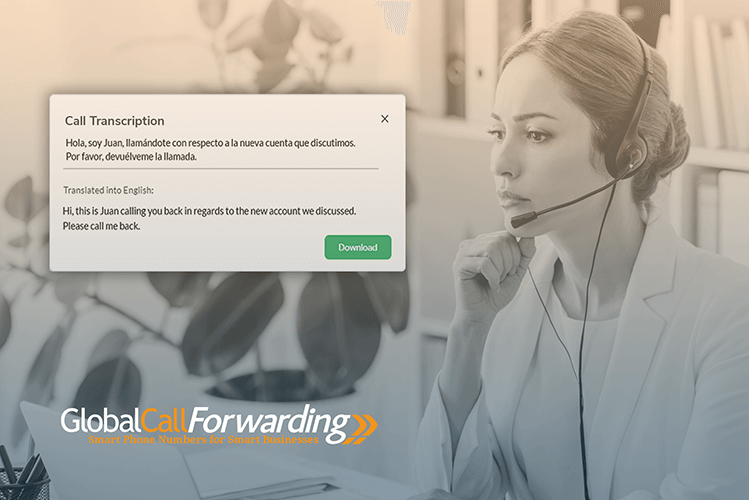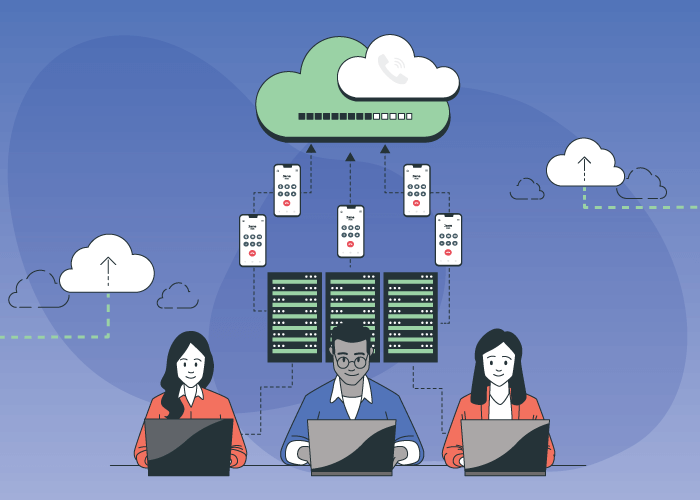Are customers abandoning calls because they are waiting in line for too long? This can hurt your business if not taken care of quickly. Long call waiting times lead to frustrated and dissatisfied customers. Here we will look at a few different ways you can reduce average hold times in a call center.
Call Center Hold Time Standards
No one wants to wait on hold forever. There is a growing demand for quick and responsive customer care, leading to new call center hold time standards. Customers who are left on hold or stuck in a queue for more than 15 minutes will hang up and find another business to resolve their issue. And if they are an existing customer, then you risk losing a valuable customer by making them wait long to get support.
Average Hold Time in a Call Center
So, how long is it acceptable to wait? There is general consensus on the average wait time for inbound calls coming into a call center. Call center hold time standards suggest that calls must be answered within the first 20 seconds.
When you place a customer or caller on hold, it is a good practice to let them know how long it may take. This is especially necessary if you need to place them on hold for longer than 20 seconds. And, if you take longer than the time you previously mentioned, check in with the customer and let them know you are still working on finding the solution. Don’t abandon them in the abyss. Setting the right expectations can reduce frustration.
Related: 16 Tips to Ensure Outstanding Call Center Etiquette
However, a more effective solution would be to meet call center hold time standards and reduce the call waiting time in your call center.
How to Reduce Average Hold Time in a Call Center? 7 Tips
A call center is meant to handle calls made to the businesses they represent and offer quick and reliable customer service. However, if your callers are on hold or in long queues, then they will take their business elsewhere. And that is not good news for your call center. Here are 7 tips to reduce average hold time in your call center:
1. Experiment with Call Routing Strategies
The most effective way to reduce hold times is to distribute calls effectively. If all calls are going only to a handful of agents, then they will be easily overburdened. Consider implementing different call routing strategies that route calls based on:
- The time of day
- The location of the caller
- Skills required for the call (language)
- Caller history
- A predetermined line or schedule of agents
- Simultaneous ringing, and more
These different call routing strategies will help you effectively distribute calls, thus ensuring that callers receive service quickly.
Related: 9 Benefits of Advanced Call Routing
2. Invest in Cloud IVR Tech
Cloud IVR or an interactive voice response system is an automated voice response system. This system is designed and customized by you to meet your specific needs. The IVR system answers an incoming call and provides the caller with menu options such as Press 1 for ___ and Press 2 for ____. Based on caller input, the call will then be forwarded to the next set of options or to a representative ready to help.
Having a cloud IVR system handle and distribute calls can ensure calls are sent to the right agent and not passed around. Furthermore, the IVR may even be able to assist the caller without the help of the agent.
3. Train Agents Effectively
You can reduce long waiting times by training agents effectively. Even if new agents come with some experience, it is essential to train them for your specific call center. That includes how to use software and tech involved, how to navigate to your support or knowledge base, how to resolve common issues, and what to do when they do not have an answer, etc. To learn more in this regard, check out our article about managing virtual call center agents.
4. Study Call Traffic
Another way to reduce hold time is to pay attention to the days and times when most calls come in. Identifying high call traffic periods can help you schedule more agents or route calls to remote agents as well during those times. Either way, your team can be better prepared if they know which periods will be hectic.
5. Consider Chat & SMS as Communication Options
While phone calls are still the most preferred option for customer support, there is a whole section of the population that prefers non-phone options like SMS, live chat, email, etc. Having an SMS and live chat option can help your agents multitask and resolve queries without keeping users on hold for very long. It is therefore highly recommended that your business invests in technology that lets you send and receive text messages and also offer live chat on your website.
6. Create a Knowledge Base
A knowledge base is an online support portal with posts meant to help current users troubleshoot common issues, learn how to quickly add new services, and other useful information. Most knowledge bases will teach users about:
- Billing services
- Adding new services or accounts
- Managing their current account
- Resolving common issues
Make your knowledge base easily accessible so that users can get to it quickly and agents can share a link to callers. If most of your callers can resolve their issues on their own, then you will have fewer hold times in your call center.
7. Monitor Agent Performance
Lastly, monitor how your agents are performing. You may choose to join calls or record calls and review them. Track important call center KPIs such as:
- First call resolution rates
- Average hold time
- Average time in the queue
- Abandoned calls
- Response time, and so on
These KPIs can help you understand how your agents are doing and which areas need improvement.
Get Virtual Call Center Software with Global Call Forwarding
Global Call Forwarding can offer you the tools you need to improve and reduce hold times and customer satisfaction. You can get cloud IVR, call recording, call detail records, and more with us. Call to get started today!








